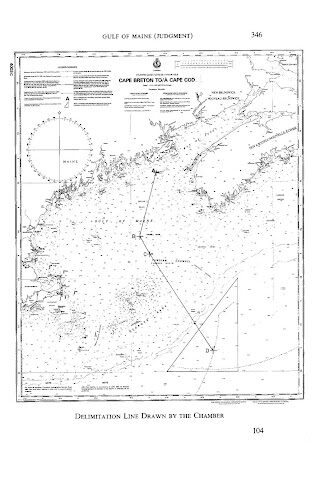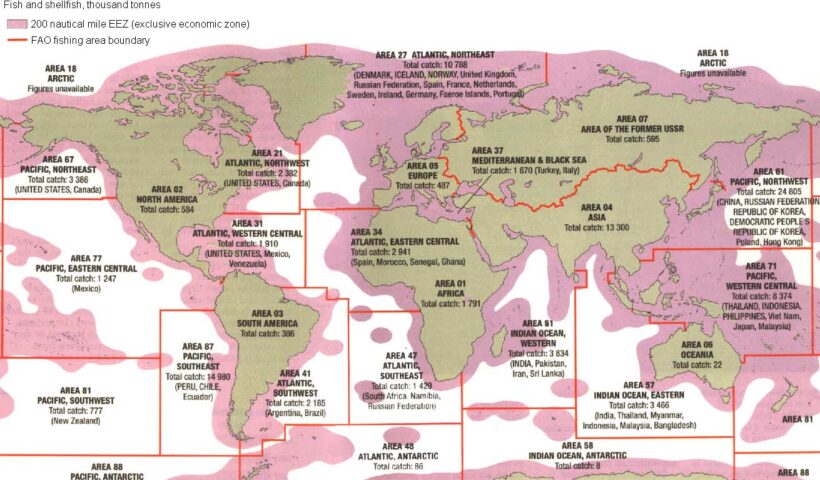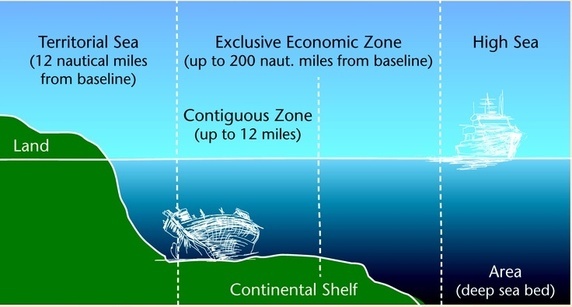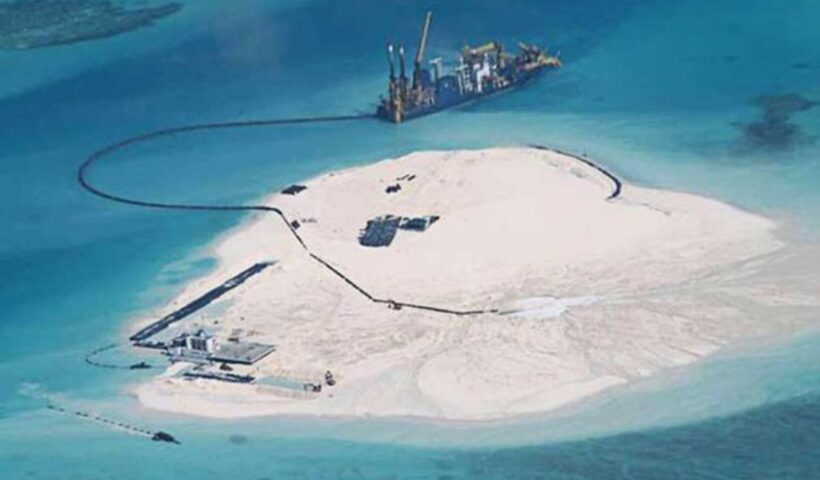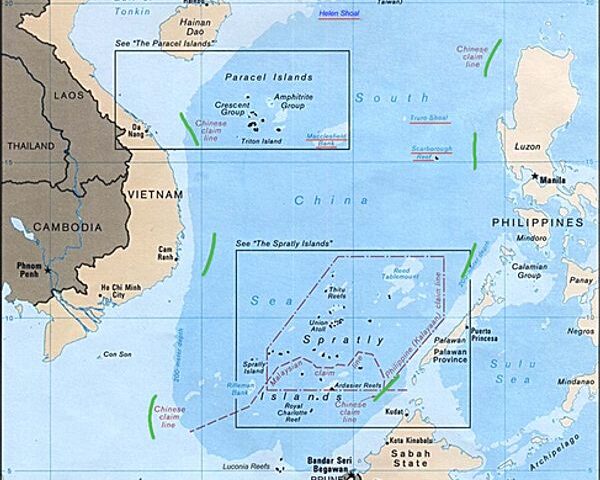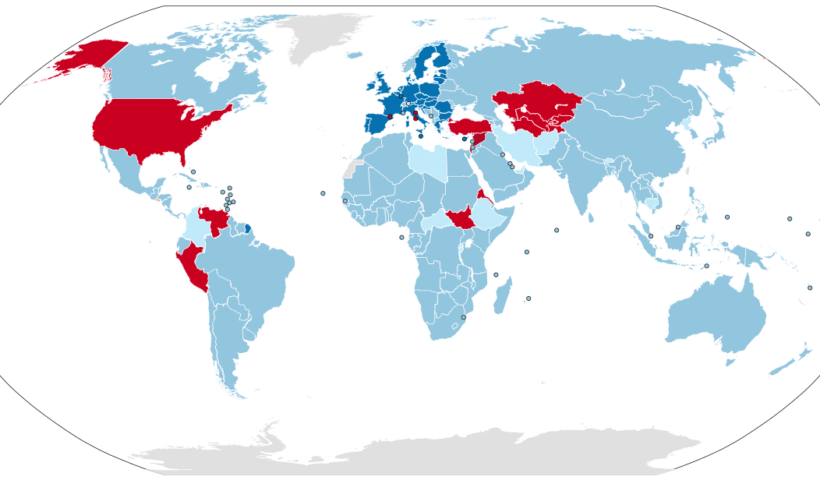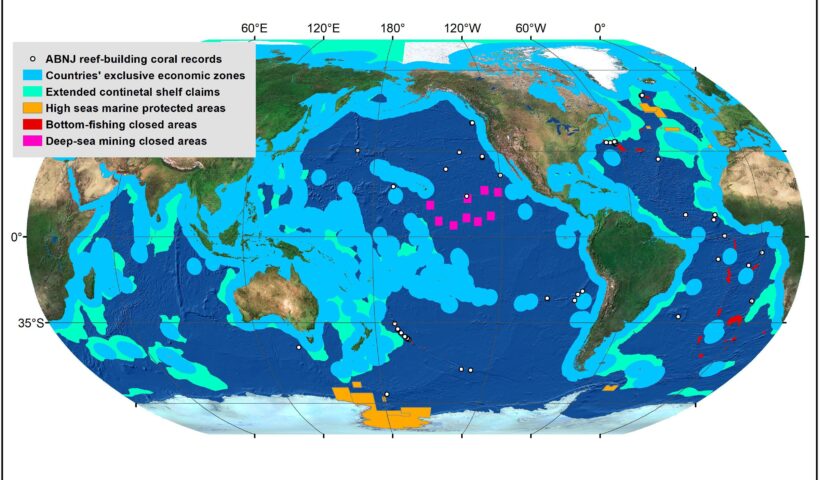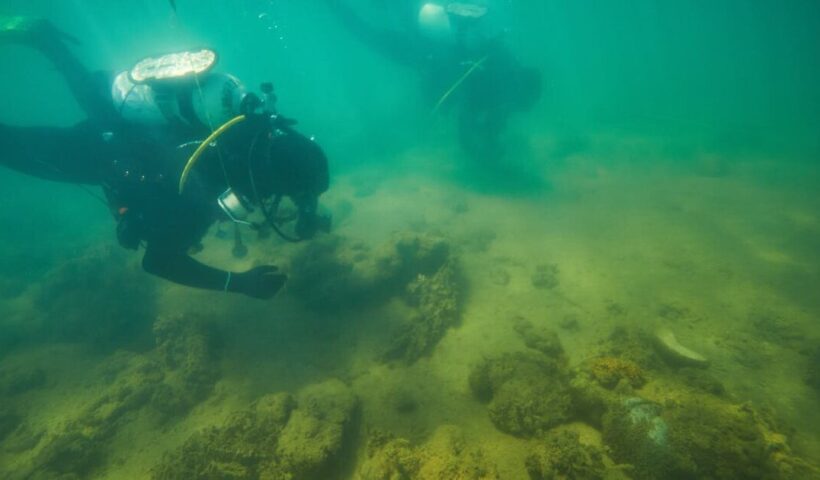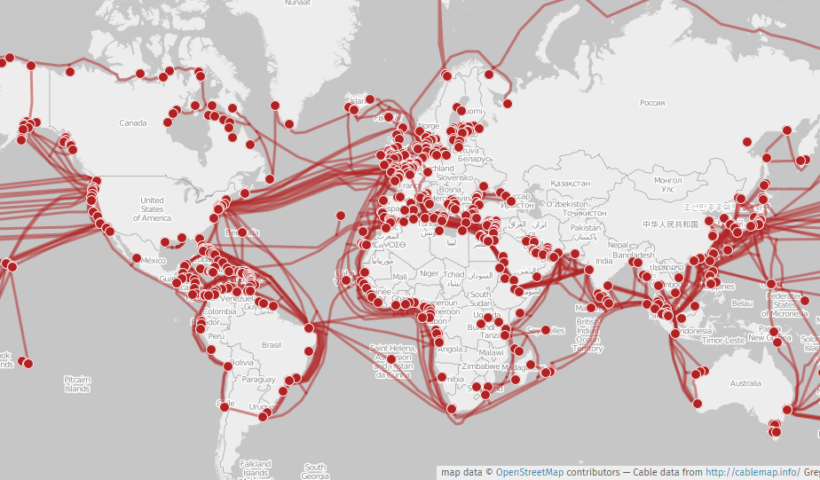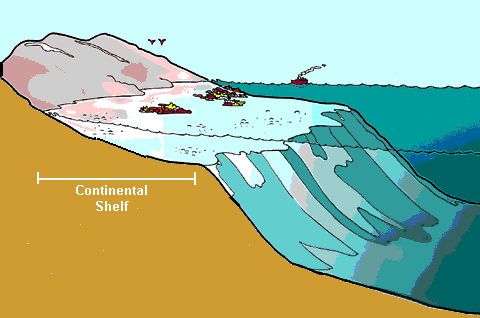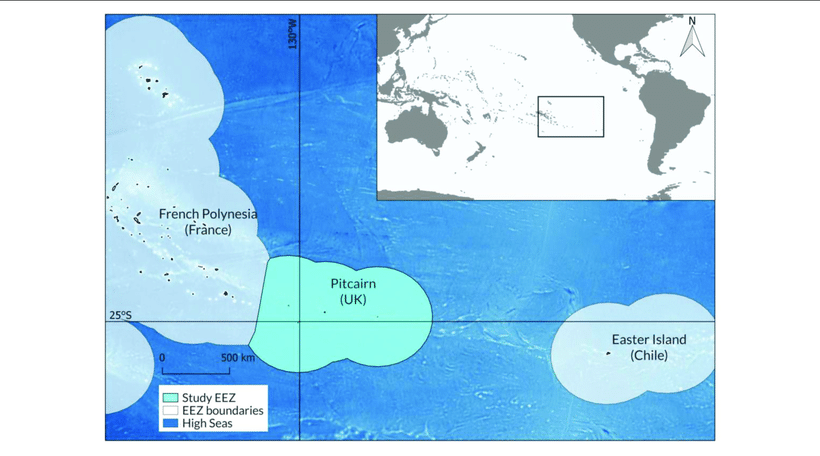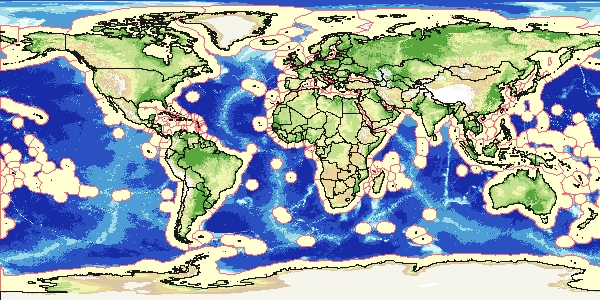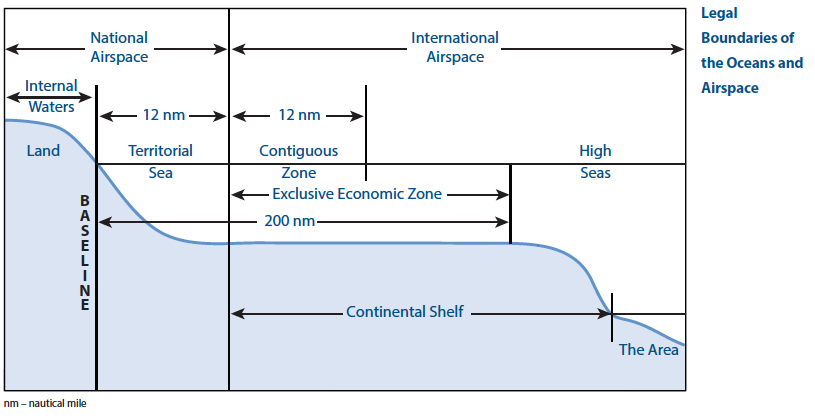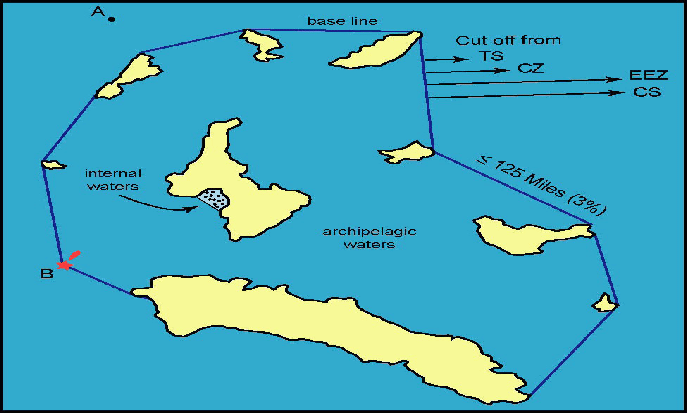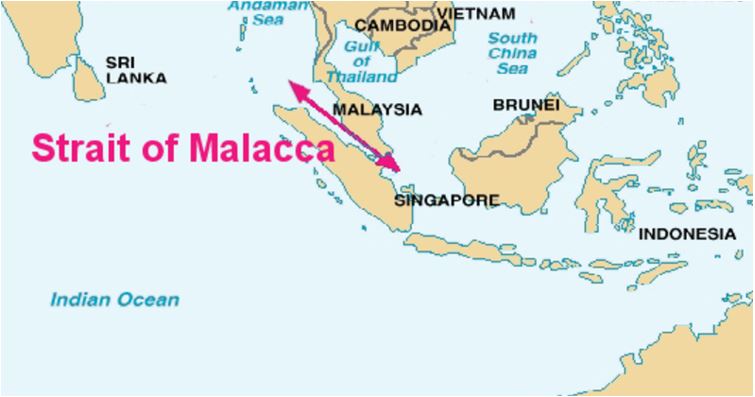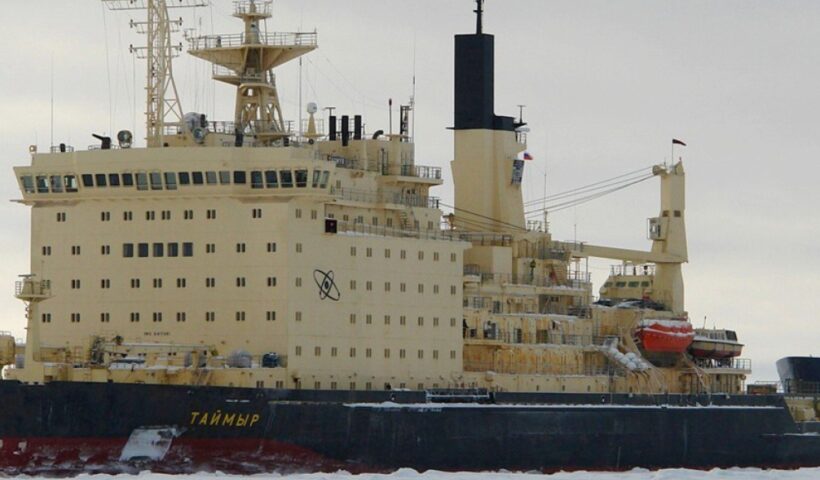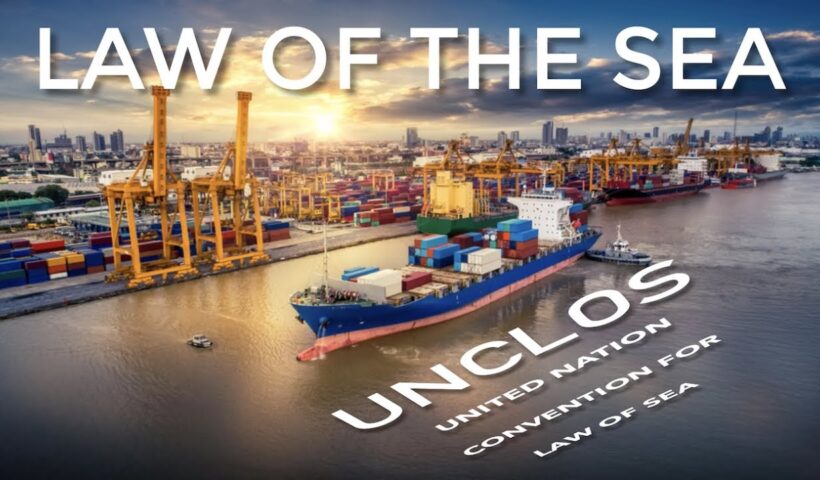In theory, the delimitation of the exclusive economic zone could follow a different line than the continental shelf. For practical reasons, however, states seem to have wanted to have their maritime zones delimited by a single maritime boundary for all purposes. The reason for this lies first of all in the shared overlap of natural resources between the two zones.
View More what is the meaning of single maritime boundaries line (single line with dual purpose or all-purpose line)Tag: EEZ
Exclusive Fishery Zones meaning and which countries have it?
where no EEZ claim has been made, several states instead claim an exclusive fishery zone. A significant proportion of these states border the Mediterranean Sea which has witnessed a dearth of EEZ claims.
The Mediterranean littoral states are not opposed to the EEZ concept in principle, but have been dissuaded from making EEZ claims because of ‘a twofold economico-geographic reason’. The geographical part of this reason relates to the fact that the physical dimensions of the Mediterranean preclude any coastal state from claiming an EEZ out to 200 nm from its baselines. The economic dimension refers to the the relatively unproductive nature of the Mediterranean from a fisheries perspective. Fishery zones have also been claimed by several states on behalf of their dependent territories.
what is the deference between national and international maritime zones?
The rights coastal states have in certain maritime zones, notably internal waters, the territorial sea and contiguous zone, affords them security in the face of threats such as smuggling, illegal immigration, other forms of cross-border crime and, ultimately, from the threat of terrorism and the use of military force. The national maritime zones outlined in the UN Convention also offer profound benefits to coastal states in respect of resources, both living resources such as fisheries and non-living resources such as oil and gas. Furthermore, the rights and responsibilities relating to national maritime zones as laid down in the 1982 Convention provide coastal states with opportunities and obligations in the sphere of ocean management. This includes, but is not limited to, navigation, fisheries protection, conservation of living resources, pollution control, search and rescue and marine scientific research.
View More what is the deference between national and international maritime zones?exclusive economic zone(EEZ) map of the world
Extending beyond this point and reaching up to 200 nautical miles (370.4 km) from a country’s coast lies its Exclusive Economic Zone. Within this region, a country owns the natural resources at the seafloor but has no say on what happens at the surface. Any ships in an Exclusive Economic Zone are essentially in international waters. This map of the week features the Exclusive Economic Zones of EU Countries for which a regulatory text exists in UN’s Convention on the Law of the Sea1. Note that such a text does not exist for the EEZ of some EU countries (e.g. UK, Italy, and Greece) and these are currently not shown on the map.
View More exclusive economic zone(EEZ) map of the worldwhat is the meaning of “Artificial island, offshore installation, installation (offshore)” in law of the sea, LOSC and customary international law
An “artificial island” or “offshore installation,” or “installation (offshore),” as used in UNCLOS means a human-made edifice in the territorial sea, in the EEZ, on the continental shelf, in archipelagic waters, or in ocean space governed by UNCLOS, which is usually employed to explore for or exploit marine resources. Artificial islands, offshore installations or installations (off-shore) may also be built for other purposes, such as marine scientific research, tide observations, resorts or residences, air terminals, transportation centers, traffic control, etc.. what is the meaning of “Artificial island, offshore installation, installation (offshore)” in law of the sea, LOSC and customary international law, artificial island, continental shelf, EEZ, How artificial islands are made?, How many artificial islands are there in the world?, offshore installation, Pipelines, Territorial Sea Convention, UNCLOS, What is the largest artificial island in the world?, Why did China build artificial islands?
View More what is the meaning of “Artificial island, offshore installation, installation (offshore)” in law of the sea, LOSC and customary international lawPractice on Provisional Arrangements in maritime Disputed Areas, JOINT DEVELOPMENT ZONES, KOREA AND JAPAN case
Practice on Provisional Arrangements in maritime Disputed Areas, JOINT DEVELOPMENT ZONES, KOREA AND JAPAN case, Continental Shelf Boundary, East China Sea, EEZ, EEZ boundary, EEZ fisheries zones, exclusive economic zone of Japan, exclusive economic zone of the Republic of Korea, flag State jurisdiction, Japan, JOINT DEVELOPMENT ZONES, Korea, KOREA AND JAPAN, Korea-Japan Fisheries Committee, Kyushu and Hokkaido of Japan, LOS Convention, Minquiers and Ecrehos Case, Peace line, provisional zones, Southern Bluefin Tuna Arbitration of 2000, UNCLOS I
View More Practice on Provisional Arrangements in maritime Disputed Areas, JOINT DEVELOPMENT ZONES, KOREA AND JAPAN caseLegal Nature of Maritime Delimitation in law of the sea and customary international law
Maritime delimitation may be defined as the process of establishing lines separating the spatial ambit of coastal State jurisdiction over maritime space where the legal title overlaps with that of another State. This definition calls for five comments:… Legal Nature of Maritime Delimitation in law of the sea and customary international law, a just and equitable share, continental shelf, délimitation constitutive, délimitation déclarative, EEZ, geographical co-ordinates, Gulf of Maine case, internal waters, International Sea-Bed Authority, maritime delimitation, North Sea Continental Shelf cases, provisional delimitation line, territorial sea, What are the stages of maritime boundary?, What is a single maritime boundary?, What is delimited boundary?, What is maritime space?, What is median line principle?, What is the difference between demarcation and delimitation?, Which law delimits world seas?
View More Legal Nature of Maritime Delimitation in law of the sea and customary international lawInternational Law in the South China Sea
International Law in the South China Sea, artificial islands, Commission on the Limits of the Continental Shelf, contiguous zone, continental shelf, Convention on the Continental Shelf, Convention on the High Seas, Convention on the Territorial Sea, EEZ, exclusive economic zone, internal waters, ISLANDS, low-tide elevations, maritime zones, rocks, south china sea, South China Sea dispute, UNCLOS I, UNCLOS II, UNCLOS III
View More International Law in the South China SeaHistoric Title and Historic Rights as a RELEVANT CIRCUMSTANCES in delimitation process in law of the sea and customary international law
Historic Title and Historic Rights as a RELEVANT CIRCUMSTANCES in delimitation process in law of the sea and customary international law, continental shelf delimitation, delimitation process, EEZ, EEZ delimitation, historic rights, Historic Title, LOSC, maritime areas, maritime delimitation, relevant circumstances, South China Sea Arbitration
View More Historic Title and Historic Rights as a RELEVANT CIRCUMSTANCES in delimitation process in law of the sea and customary international lawDEVELOPMENT OF CASE LAW RELATING TO MARITIME DELIMITATION
DEVELOPMENT OF CASE LAW RELATING TO MARITIME DELIMITATION, 1977 Anglo-French Continental Shelf case, an equitable result, Bangladesh/India Arbitration, Bangladesh/Myanmar case, Black Sea case, Cameroon/Nigeria case, continental shelf, corrective-equity approach, EEZ, equidistance method, equidistance/relevant circumstances method, equitable criteria, Equitable Principles, equitable result, Eritrea/Yemen Arbitration, Ghana/Côte d’Ivoire case, Greenland/Jan Mayen case, Gulf of Maine case, Guyana/Suriname Arbitration, maritime delimitation, Nicaragua/Honduras case, North Sea Continental Shelf judgment, Pierre and Miquelon Arbitration, provisional delimitation line, Qatar/Bahrain case, relevant circumstances, resultorientated equity approach, single combined equidistance–special circumstances rule, special circumstances, test of disproportionality, three-stage approach to maritime delimitations, Tunisia/Libya case, What are the stages of maritime boundary?, What is a single maritime boundary?, What is delimited boundary?, What is maritime space?, What is median line principle?, What is the difference between demarcation and delimitation?, Which law delimits world seas?
View More DEVELOPMENT OF CASE LAW RELATING TO MARITIME DELIMITATIONTREATY LAW CONCERNING MARITIME DELIMITATION
TREATY LAW CONCERNING MARITIME DELIMITATION, 1958 Convention on the Continental Shelf, 1977 Anglo-French Continental Shelf case, continental shelf, Delimitation of the contiguous zone, delimitation of the territorial seas, determining the applicable law, EEZ, equidistance (median line), Equitable Principles, equitable solution, inequitable results, LOSC, method of delimitation, special circumstances, TSC, What are the stages of maritime boundary?, What is a single maritime boundary?, What is delimited boundary?, What is maritime space?, What is median line principle?, What is the difference between demarcation and delimitation?, Which law delimits world seas?
View More TREATY LAW CONCERNING MARITIME DELIMITATIONSpatial Scope of the High Seas in law of the sea and customary international law
The LOSC devotes Part VII to the high seas. Under Article 86, the high seas are defined as:
all parts of the sea which are not included in the EEZ, in the territorial sea or in the internal waters of a State, or in the archipelagic waters of an archipelagic State. Where a coastal State has established its EEZ, the landward limit of the high seas is the seaward limit of the EEZ. Where the coastal State has not claimed its EEZ, the landward limit of the high seas is the seaward limit of the territorial sea. In this case, the seabed of the high seas is the continental shelf of the coastal State up to the limit fixed by the international law of the sea. The seabed and subsoil beyond the outer limits of the continental shelf are the Area, which is the common heritage of mankind. The superjacent waters above the Area are always the high seas. Where the continental shelf extends beyond the limit of 200 nautical miles, the superjacent waters and the airspace above those waters are the high seas under Article 78 of the LOSC.. Spatial Scope of the High Seas in law of the sea and customary international law, EEZ, High seas, law of the sea, LOSC, seabed, Superjacent Waters
Protection of Archaeological and Historical Objects Found Within the Continental Shelf in the law of the sea and customary international law
It has been said that ‘the greatest museum of human civilization lies on the seabed’. Owing to the development of underwater archaeology as a scientific discipline, the protection of underwater cultural heritage has begun to emerge as a crucial issue in international law. Thus this section addresses two key instruments on this subject: the LOSC and the Convention on the Protection of Underwater Cultural Heritage adopted by UNESCO on 2 November 2001 (hereinafter the UNESCO Convention). . Protection of Archaeological and Historical Objects Found Within the Continental Shelf in the law of the sea and customary international law, Archaeological objects, continental shelf, Convention on the Protection of Underwater Cultural Heritage, EEZ, enclosed sea, Historical Objects, LOSC, semi-enclosed sea, underwater cultural heritage
View More Protection of Archaeological and Historical Objects Found Within the Continental Shelf in the law of the sea and customary international lawFreedoms of Third States on the continental shelf of other states based on the law of the sea and customary international law
(a) Submarine Cables and Pipelines With respect to the freedom of use on the continental shelf, Article 79(1) stipulates that all States are entitled to lay submarine cables and pipelines on the continental shelf.
In practice, submarine cables are divided into two main categories: submarine power cables used to transmit electricity, and submarine communication cables used to transmit data communications traffic. At present, the overwhelming majority of the world’s international telecommunication relies on submarine fibre-optic cables, and submarine telecommunication cables have become a critical global communications infrastructure. The oil and gas pipeline is also of crucial importance as a reliable means of energy transport.
Freedoms of Third States on the continental shelf of other states based on the law of the sea and customary international law, continental shelf, EEZ, High seas, LOSC, marine pollution, Pipelines, Submarine Cables, Superjacent Waters
The Sovereign Rights of the Coastal State Over the Continental Shelf in law of the sea and customary international law
The coastal State exercises sovereign rights over the continental shelf for the purpose of exploring and exploiting its natural resources in accordance with Article 77(1). The principal features of sovereign rights can be summarised in six points:…The Sovereign Rights of the Coastal State Over the Continental Shelf in law of the sea and customary international law, coastal State, continental shelf, EEZ, inherent rights, LOSC, natural resources, non-living resources, Non-natural resources, Sovereign Rights
View More The Sovereign Rights of the Coastal State Over the Continental Shelf in law of the sea and customary international lawHistoric Rights of countries on the EEZ, based on law of the sea and customary international law
Historic Rights of countries on the EEZ, based on law of the sea and customary international law, EEZ, exclusive economic zone, High seas, historic rights, LOSC, south china sea
View More Historic Rights of countries on the EEZ, based on law of the sea and customary international lawResidual Rights of countries on the EEZ based on law of the sea and customary international law
Residual Rights of countries on the EEZ based on law of the sea and customary international law, EEZ, exclusive economic zone, LOSC, Residual Rights
View More Residual Rights of countries on the EEZ based on law of the sea and customary international lawJurisdiction of Coastal States Over the EEZ, based on law of the sea, customary international law and LOSC
Jurisdiction of Coastal States Over the EEZ, based on law of the sea, customary international law and LOSC, artificial islands, EEZ, exclusive economic zone, IMO, ITLOS, LOSC
View More Jurisdiction of Coastal States Over the EEZ, based on law of the sea, customary international law and LOSCLegal Status of the EEZ at LOSC, law of the sea and customary international law
In short, unlike territorial sovereignty, the sovereign rights of the coastal State over the EEZ lack comprehensiveness of material scope. With respect to matters accepted by international law, however, the coastal State can exercise both legislative and enforcement jurisdiction over all people within the EEZ in an exclusive manner. The essential point is that the rights of the coastal State over the EEZ are spatial in the sense that they can be exercised solely within the particular space in question regardless of the nationality of persons or vessels. Thus the coastal State jurisdiction over the EEZ can be regarded as a spatial jurisdiction. Due to the lack of comprehensiveness of material scope, this jurisdiction should be called a limited spatial jurisdiction.. Legal Status of the EEZ at LOSC, law of the sea and customary international law, coastal State, EEZ, ITLOS, Legal Status of the EEZ, limitation ratione materiae, LOSC, ratione materiae, ratione personae, Sovereign Rights Over the EEZ
View More Legal Status of the EEZ at LOSC, law of the sea and customary international lawwhat is the meaning of EXCLUSIVE ECONOMIC ZONE (treaties and customary international law)
The EEZ is an area beyond and adjacent to the territorial sea, not extending beyond 200 nautical miles from the baseline of the territorial sea. The origin of the concept of the EEZ may go back to the practice of the Latin American States after World War II. Originally the figure of 200 nautical miles appeared in 1947, when Chile (23 June 1947) and Peru (1 August 1947) claimed such an extent for the exercise of full sovereignty. The figure of 200 nautical miles relied on scientific facts: it would enable the Andean States to reach the Peruvian and the Humboldt Currents, which were particularly rich in living species.
.. what is the meaning of EXCLUSIVE ECONOMIC ZONE (treaties and customary international law), customary law, Declaration of Santo Domingo, EEZ, exclusive economic zone, maritime zone, Montevideo Declaration, patrimonial sea, sovereignty, UNCLOS I, UNCLOS II, UNCLOS III
what is the meaning ARCHIPELAGIC WATERS in the international law of the sea and LOSC?
The key concept of archipelagic waters is that a group of islands in mid-ocean, i.e. ‘midocean archipelagos’, should be considered as forming a unit; and that the waters enclosed by baselines joining the outermost points of the archipelago should be under territorial sovereignty. While the question of a special archipelagic regime has been discussed on various occasions since the early twentieth century, neither the 1930 Hague Conference, nor UNCLOS I could resolve this question. The 1958 Geneva Conventions contain no provision with regard to mid-ocean archipelagos or archipelagic waters.
. what is the meaning ARCHIPELAGIC WATERS in the international law of the sea and LOSC?, archipelagic doctrine, Archipelagic States and Maritime Navigation, archipelagic waters, Archipelagic Waters and Exclusive Economic Zone, archipelagic waters unclos, archipelagic waters vs internal waters, archipelago, Article 46(a) of the LOSC, continental shelf, EEZ, law of the sea, Legal status of archipelagic waters, LOSC, The Archipelagic States Concept, UNCLOS I, UNCLOS III, What are the four categories of waters under the Unclos?, What is archipelagic baseline?, What is the archipelagic rule?, Which countries are archipelagos?, Which waters are identified as archipelagic waters?
what is the meaning of INTERNATIONAL STRAITS and its legal issues (typology and rules)
The straits under Part III of the LOSC contain two types of straits: straits to which the regime of transit passage applies and straits to which the right of innocent passage applies.
The first type concerns straits to which the regime of transit passage applies. In this regard, Article 37 provides: This section applies to straits which are used for international navigation between one part of the high seas or an exclusive economic zone and another part of the high seas or an exclusive economic zone. This provision contains two criteria for identifying international straits under Part III.
The first is the geographical criterion. Such straits are those connecting ‘one part of the high seas or an exclusive economic zone and another part of the high seas or an exclusive economic zone’. The second is the functional criterion, namely ‘straits used for international navigation’. Concerning the relationship between the two criteria, the ICJ, in the Corfu Channel case, seemed to consider that the geographical criterion provided the primary criterion… what is the meaning of INTERNATIONAL STRAITS and its legal issues (typology and rules), Åland Islands, Åland Strait, archipelagic waters, Arctic Ocean, Arctic waters, Article 36 of the LOSC, Atlantic Oceans, Corfu Channel judgment, Dardanelles, Dover Strait, EEZ, international navigation, international shipping, international straits, LOSC, Montreux Convention, non-suspendable innocent passage, Osumi Strait, right of innocent passage, Strait of Gibraltar, Strait of Magellan, Straits of Malacca, territorial sea, territorialisation, transit passage, Turkish Straits
The Right of Innocent Passage of Foreign Nuclear-Powered Ships and Ships Carrying Inherently Dangerous or Noxious Substances
The Right of Innocent Passage of Foreign Nuclear-Powered Ships and Ships Carrying Inherently Dangerous or Noxious Substances, Article 23 of the LOSC, Convention for the Prevention of Pollution from Ships, EEZ, International Convention for the Safety of Life at Sea (SOLAS), Nuclear-Powered Ships, radioactive, radiotoxic nuclear materials, Ships Carrying Inherently Dangerous or Noxious Substances, SOLAS
View More The Right of Innocent Passage of Foreign Nuclear-Powered Ships and Ships Carrying Inherently Dangerous or Noxious SubstancesThe meaning and rule of ISLANDS baseline and its difference with rocks and reefs on the law of the sea and LOSC
The definition of an island is provided in Article 121(1) of the LOSC:
An island is a naturally-formed area of land, surrounded by water, which is above water at high tide. This provision, which follows Article 10(1) of the TSC, contains four criteria that call for comment.. the meaning and role of ISLANDS baseline situation and its difference with rocks and reefs on the on the law of the sea and LOSC, Article 121 of the LOSC, Article 121(2) of the LOSC, baseline, continental shelf, Definition of an Island, EEZ, Greenland/Jan Mayen case, Hvalrossbukta, ISLANDS, Jan Mayen, Judges Bedjaoui, low water line, Nicaragua/Colombia case, Okinotorishima, Qatar/Bahrain case, Qit’at Jaradah, reefs, rocks, South China Sea Arbitration, UNCLOS I, UNCLOS III, Walrus Bay
what is Functions of the Law of the Sea?
First, the primary function of international law involves the spatial distribution of jurisdiction of States, and the same applies to the law of the sea. The contemporary international law of the sea divides the ocean into multiple jurisdictional zones, such as internal waters, territorial seas, the contiguous zone, the exclusive economic zone (EEZ), archipelagic waters, the continental shelf, the high seas and the Area, i.e. ‘the sea-bed and ocean floor and subsoil thereof, beyond the limits of national jurisdiction’.. what is Functions of the Law of the Sea?, EEZ, exclusive economic zone, law of the sea
View More what is Functions of the Law of the Sea?
